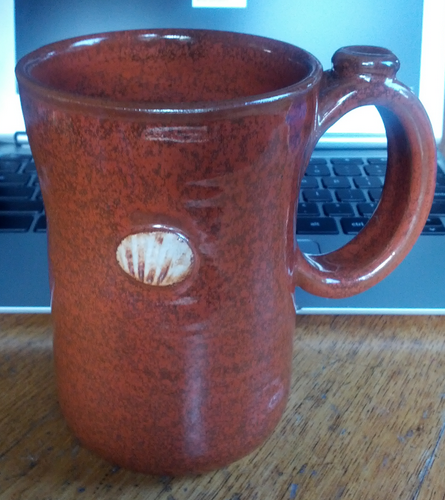Like it or not barcoding at the point of care has slowly become a standard of practice in acute care pharmacies all over the country. The question is no longer whether or not we should use barcoding technology, but rather how do we use it. And with that comes the need to make sure that all medications dispensed from the pharmacy have a machine readable barcode for nurses to scan at the point of care, i.e. at the patients bedside.
The concept is simple, but causes a lot of headaches inside the pharmacy. While a lot of oral solid medications are available from the manufacture in pre-packaged unit dose packages, some aren’t; sometimes oral solid medications are available in both pre-packaged unit dose as well as bulk.
When oral solid medications are available in both pre-packaged unit dose and bulk containers pharmacies are forced to make a choice. It’s always been a no-brainer for me, purchase medications in manufacturer prepared pre-packaged unit dose packages whenever possible. I look at it as a safety issue. Humans make mistakes, and whenever I can remove humans from something like repackaging oral solids I do it. Manufacturers have been known to make mistakes, but their process is much more rigorous than anything you’ll see in a pharmacy. In addition, manufacturers must adhere to good manufacturing practices (GMP), which are quite extensive.
Recently I’ve come across situations where pharmacies have actively chosen to purchase all oral solid tablets in bulk and repackage the oral solids themselves. I’ve thought about why a pharmacy would make that choice and two things come to mind: cost and efficiency.
Purchasing oral solid medications in bulk is often less expensive. The advantage may be extended if a single location is repackaging for multiple facilities, i.e. centralized distribution. The same goes for efficiency. Repackaging oral solid tablets from bulk bottles may be more efficient during times of high volume, especially if multiple sites are involved. An example of this might be during ADU replenishment for multiple facilities when thousands of tablets may be needed. Picking 2000-3000 tablets from shelving locations may be less efficient than letting a packager run unmanned.
Options for repackaging oral solid medications:
- High-speed packagers – I wrote about high-speed packagers here in August of 2010 (Automated unit-dose packagers for acute care pharmacy). Little has changed since then so the information may still be helpful.
- Tablettop packagers (semi-automated) – I wrote about tabletop packagers here early this year in January. (Pharmacy tabletop unit-dose packager comparison). You wouldn’t want to use tabletops for large jobs as they require closer monitoring than high-speed packagers.
- Manual packaging – There are several out there. One that comes to mind is MTS. There is no way you’d want to use a system like this for any kind of high volume packaging. They work well for niche packaging like chemotherapy, high risk items, etc.
The choice to repackage oral solid medications from bulk or purchase them in pre-packaged unit dose packages from the manufacture is yours. Patient safety, cost, and efficiency should all be considered. In my opinion patient safety should trump cost and efficiency in the thought process, but then again that’s only my opinion.


